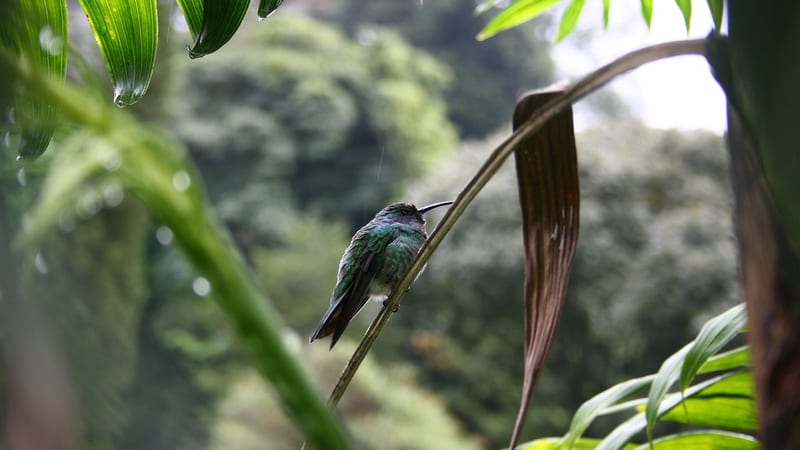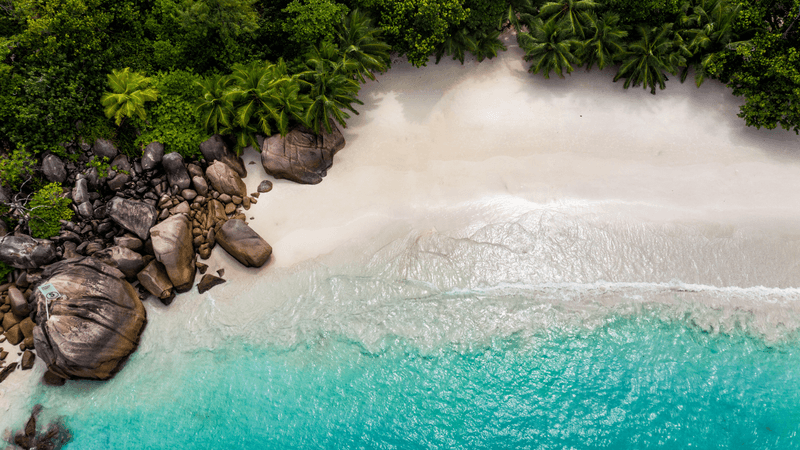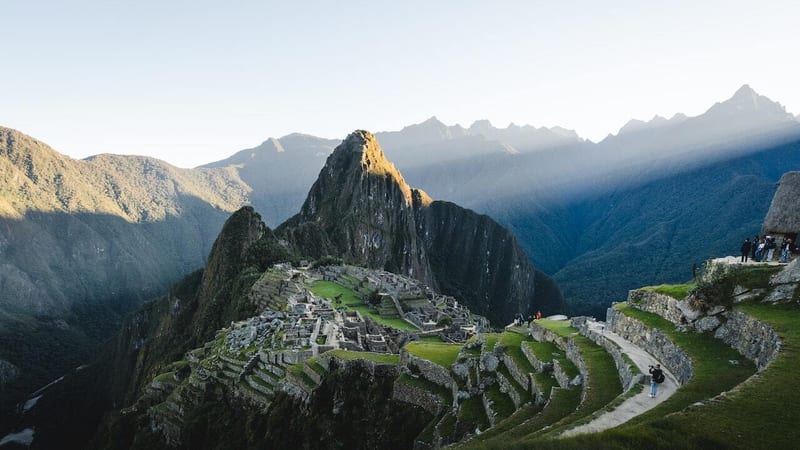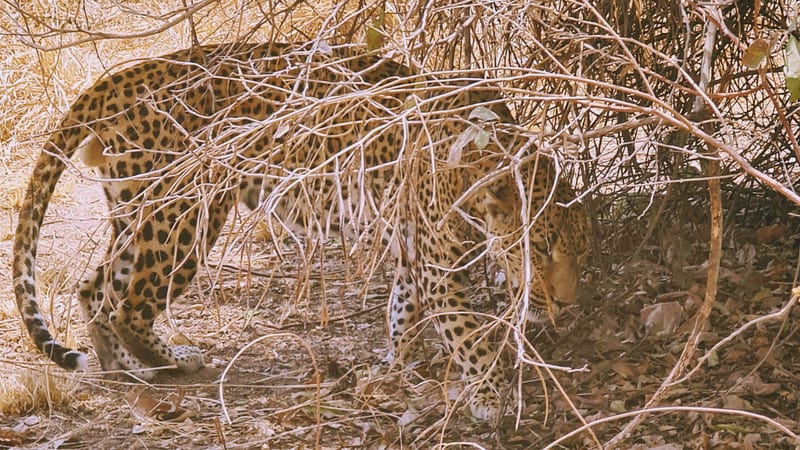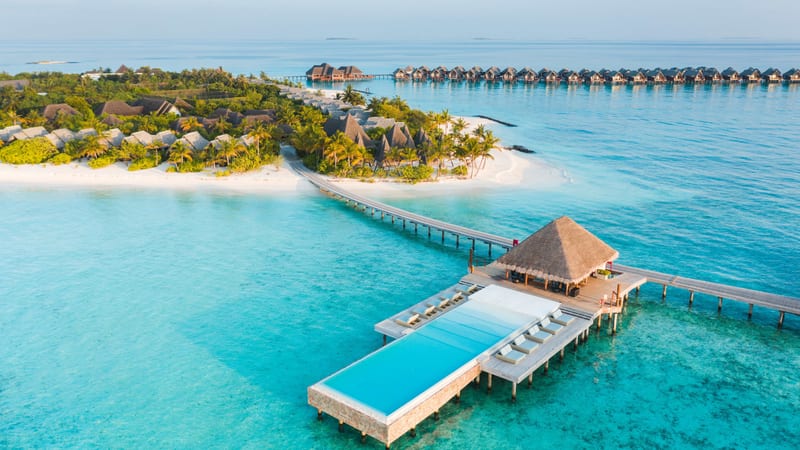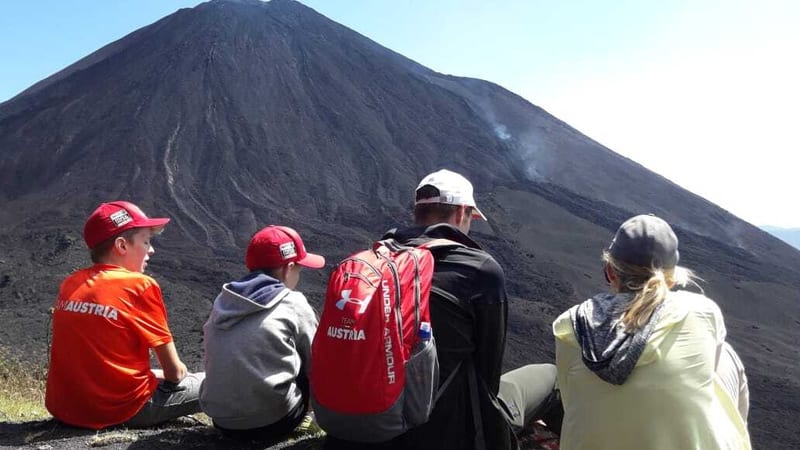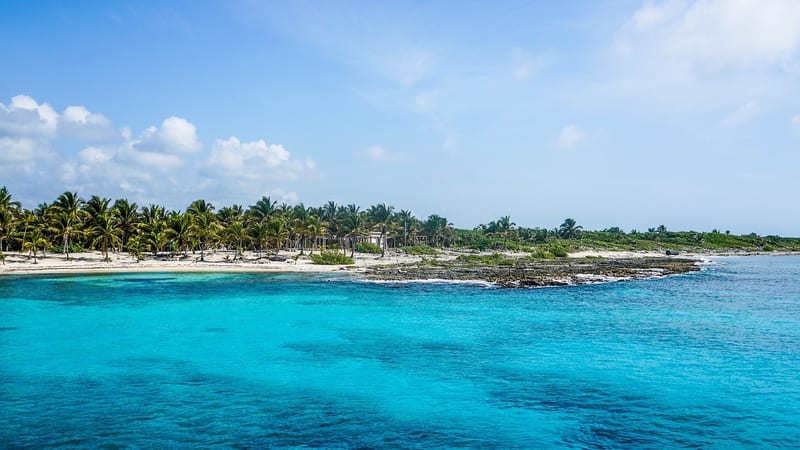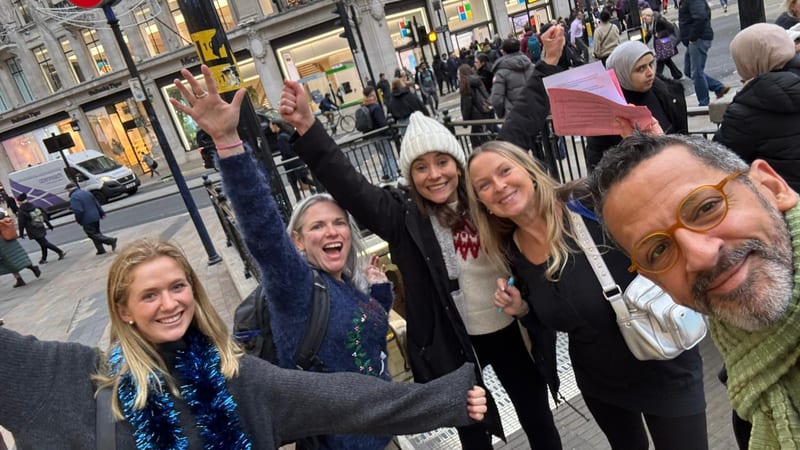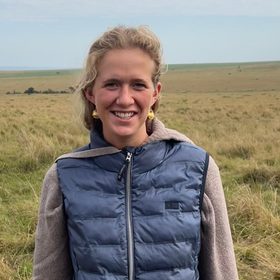Beneath baobabs and fever trees, Kuthengo Camp offers river safaris and a tranquil stay in Liwonde National Park.
Location
Kuthengo Camp is perfectly located on the banks of the Shire River, deep within the unspoiled wilderness of Liwonde National Park. With its secluded setting beneath towering baobabs and fever trees, the camp offers a rare opportunity to experience Malawi’s rich wildlife and conservation efforts in a truly intimate and private environment.
Rooms
Kuthengo Camp features just four spacious safari tents, including one family unit (children of all ages are welcome), ensuring a very private stay with a maximum of only ten guests at any time. Designed to blend seamlessly with the natural surroundings, each tent is set on a raised wooden platform and opens onto a private deck with sweeping views of the Shire River and the surrounding floodplains.
Inside, the open-plan layout includes a freestanding bathtub, an outdoor shower, and a double vanity, creating a space that is both comfortable and connected to nature. The innovative Evening Breeze cooling system offers a near-silent, energy-efficient way to keep the sleeping area cool within the mosquito net canopy. By day, the tents are light-filled and open to the landscape; by night, you’ll fall asleep to the sounds of hippos grunting and the occasional rustle of wildlife in the bush beyond.
Activities
Early mornings and late afternoons are when the wilderness comes alive and Kuthengo makes the most of it with a wide range of safari activities led by expert guides and, when walking, accompanied by an armed scout. Guests can head out on morning and afternoon game drives in open vehicles, explore the landscape on foot during guided walking safaris, or take to the water for peaceful boat trips along the Shire River.
A sunrise motorboat cruise to Lake Malombe is a highlight, offering golden-hour tranquillity and excellent birdwatching. Between activities, the camp’s small swimming pool beside the dining tent is an ideal spot to cool off during the heat of the day.
Sustainability
Kuthengo Camp in Liwonde National Park is committed to sustainability, using solar power with a backup generator for cloudy days. The camp also employs an eco-friendly "Evening Breeze" cooling system, reducing energy use. Built with non-fired bricks, the camp minimises its environmental impact.
Located in Liwonde, a recognised conservation success story, Kuthengo supports wildlife protection and sustainable tourism. The camp plays a role in the park’s preservation and the well-being of the local community.
Best places to stay in Liwonde National Park
Liwonde National Park Trip Inspiration
When to go to Malawi
Find out the best time to visit Malawi with our month by month guide.
- Best
- Good
- Mixed
- Jan
- Feb
- Mar
- Apr
- May
- Jun
- Jul
- Aug
- Sep
- Oct
- Nov
- Dec
January
January is a good time for bird watchers, migratory birds from the Northern Hemisphere flock to Malawi's National Parks. The rains are in full flow with impressive thunderstorms lighting the sky across the country regularly - many lodges around the shores of Lake Malawi will be closed during this time.
February
Rain continues to pour regularly in February. The bird watching is incredible particularly in the high altitude Nyika National Park with many flowers blooming carpeting the lower plateaus.
March
In March the weather is still somewhat unsettled with regular rains, these diminish as the month goes on. Birders will be in paradise, young birds are spreading their wings for the first time preparing for their epic journey back to the Northern Hemisphere.
April
Rains begin to subside, the sun starts to shine and temperatures increase. Wildlife viewing is good, observers can watch animals emerge across Liwonde National Park. In particular antelopes are in rut and visitors to Malawi's National Parks can experience incredible clashes between rival males.
May
Days become sunnier and cooler during May. Wildlife viewing is at its best due to less vegetation and the animals gathering together around waterholes.
June
June days are long and sunny, but it's Malawi's winter and the temperatures drop significantly at this time of year. The evenings and mornings are very cold in the highland regions, with log fires lit. The dry season means animals congregate around the Shire River in Liwonde National Park for easier access to water and rich green vegetation - large numbers of elephants can be present at this time of year due to dwindling water levels.
July
July is a perfect time to visit Malawi, skies are clear there are less mosquitoes and there's virtually no rain. Although its high season, most of the National Parks won't be crowded despite the spectacular sightings of larger elephant herds - often reaching into the hundreds!
August
In August the weather warms, with daytime peak temperatures averaging around 30°C, whilst night time averages rise to 10°C. If you want to experience large wildlife herds, this is the time of year to visit. Water is diminishing and spaces at watering holes are becoming limited leading to increasing tensions between the animals. It's an amazing time to enjoy the delights of Lake Malawi's azure waters, with temperatures perfect for watersports or relaxing in the sun lakeside.
September
Night time temperatures rise rapidly, whilst daytime averages remain in the mid 20°Cs. With clear skies and dry vegetation concentrations of animals are still great but starting to dwindle in comparison to July and August. Lake Malawi is popular this time of year, the increased wind conditions make it perfect for an afternoon sail.
October
October is a humid month, temperatures regularly rise above 40°C and night times are increasingly warm. If you want to witness the world's largest antelope, the eland, can often be seen as they start regrouping for their breeding season - with herds reaching into the hundreds it makes for an awe inspiring sight.
November
The green season, November witnesses the first few storms of the rainy season arriving. It marks the arrival of the many migratory birds from the Northern Hemisphere.
December
In December the rains become more regular, with thunderstorms occurring every few days. With lush green scenery animals can be difficult to see because of the thick vegetation and the abundance of water. But birders will have an amazing time witnessing the incoming flurry of migratory birds.
Speak to a Malawi expert today
and start planning your tailor-made vacation

Alistair

Ben





